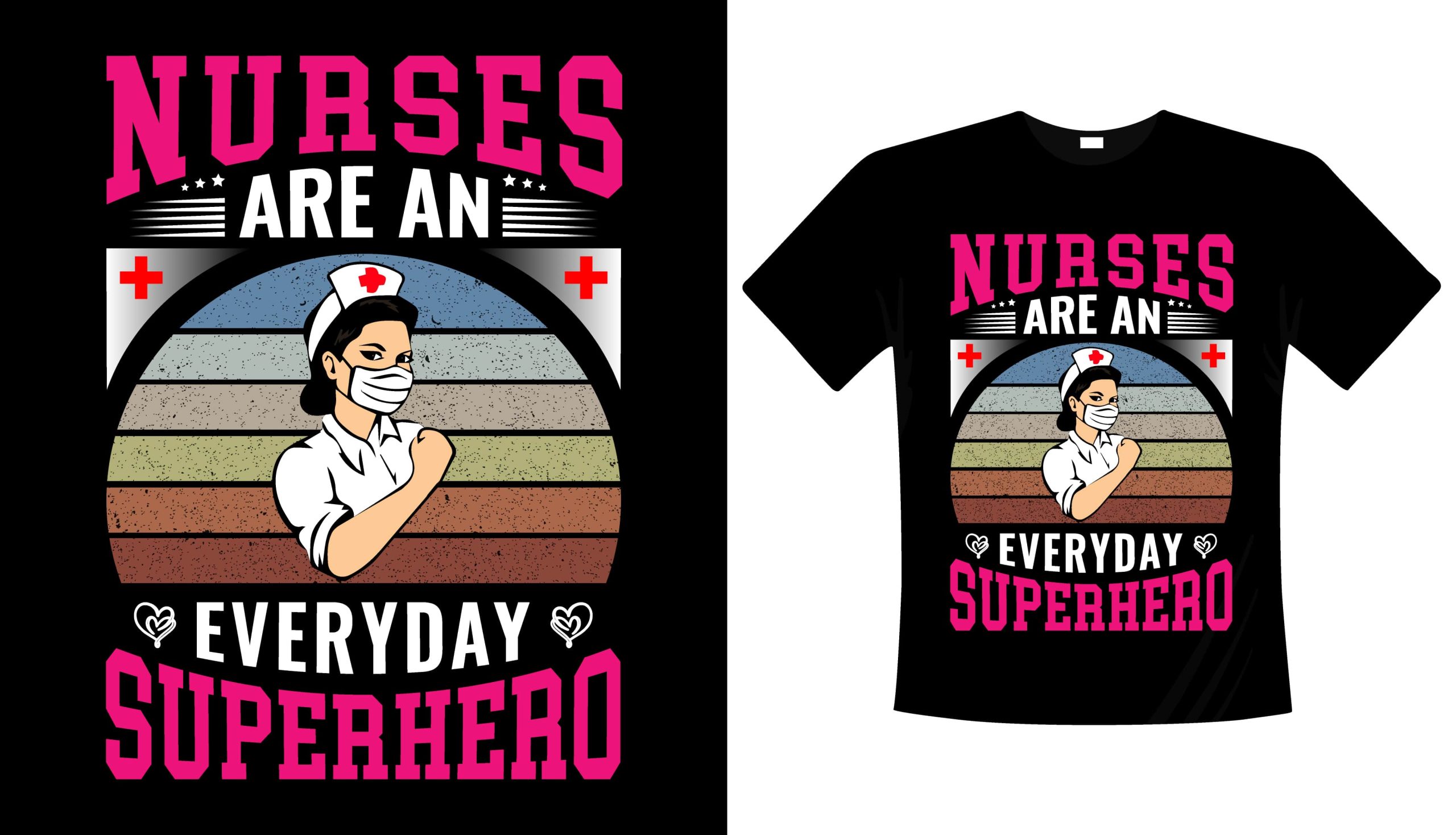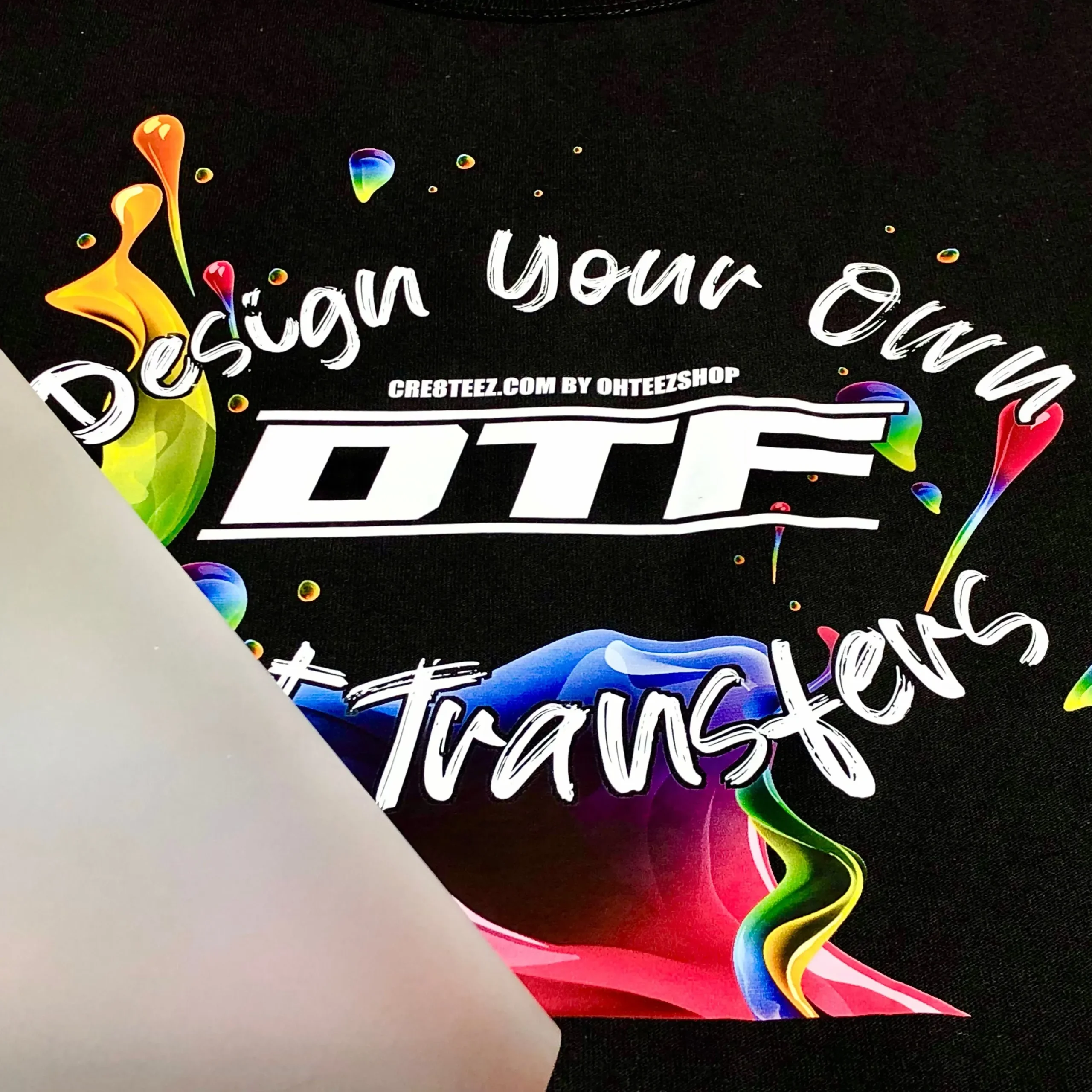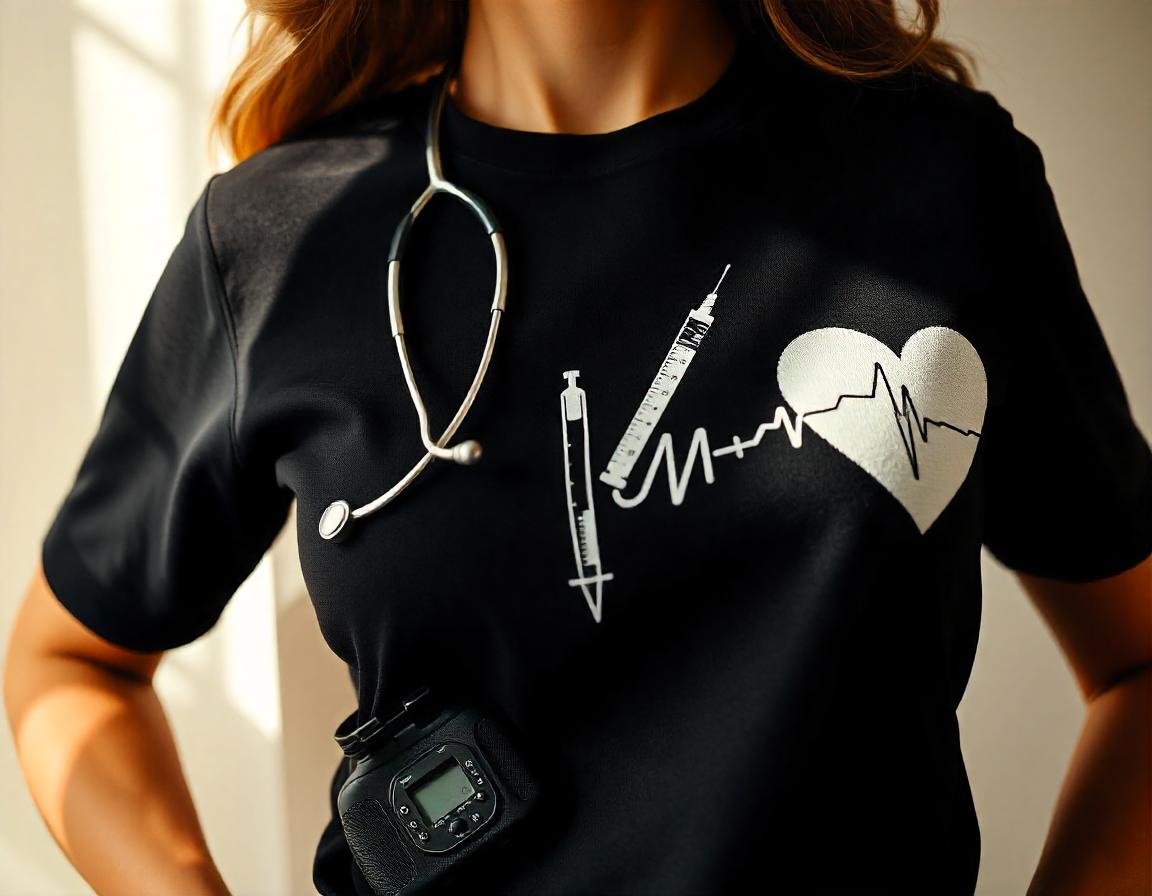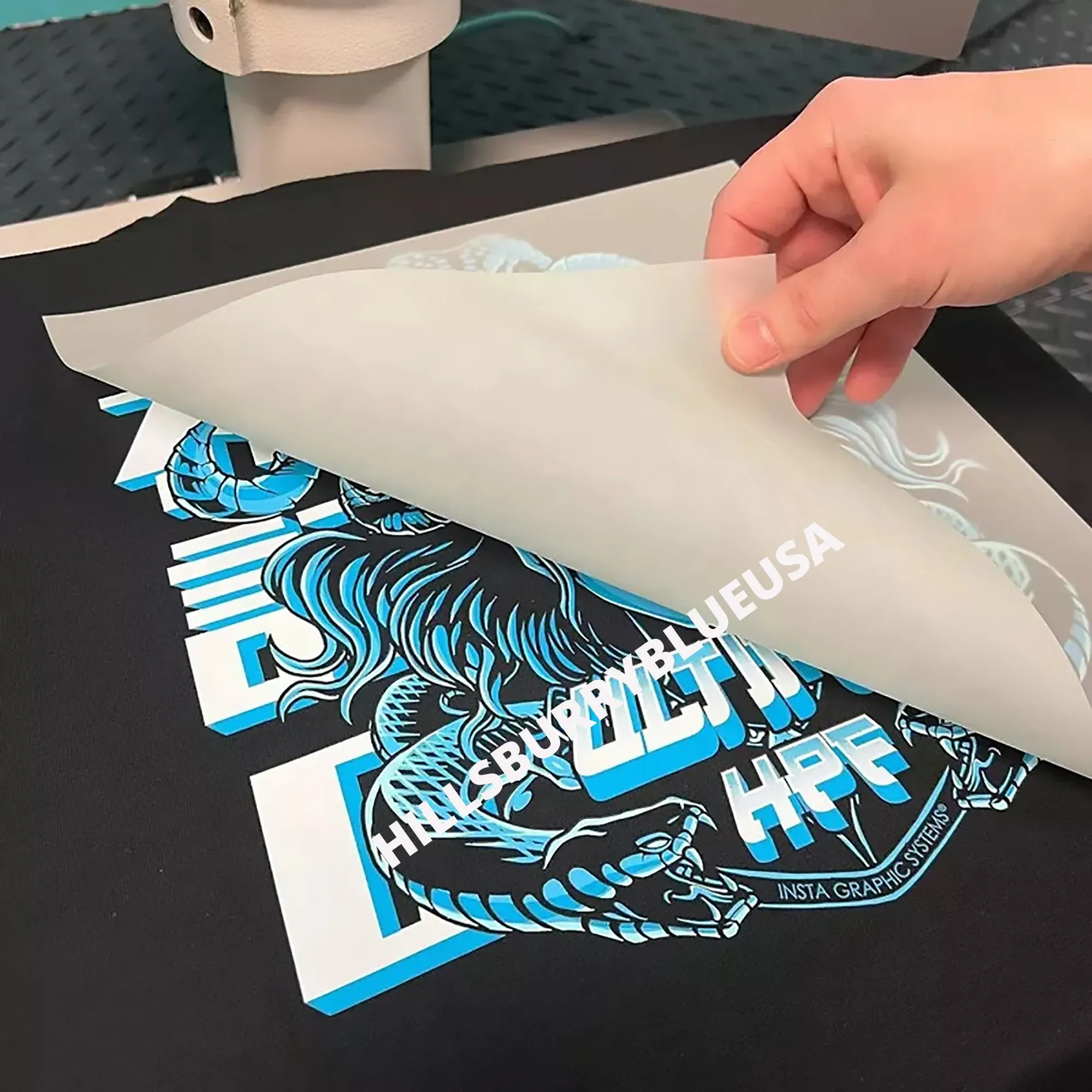Common Mistakes DTF Transfers: Avoid These Key Errors
Common mistakes DTF transfers are often the culprits behind unsatisfactory results in custom printing. While Direct-to-Film (DTF) printing is celebrated for its ability to produce vibrant and detailed designs, overlooking key techniques can lead to frustrating errors. In this guide, we’ll explore prevalent DTF printing mistakes, and share tips for preventing DTF transfer errors. By addressing issues such as DTF film quality and improper heat press settings, you can significantly improve your printing outcomes. Understanding these common pitfalls is essential for harnessing the full potential of DTF printing.
When discussing DTF transfers, also known as Direct-to-Film printing, it’s crucial to acknowledge the challenges that can arise during the process. This innovative printing technique often involves issues like subpar film quality and errors in heat application, which can hinder your project’s success. To ensure optimal results, it’s essential to master the nuances of handling transfer films and the heat press. By closely examining various factors, such as fabric compatibility and pre-treatment methods, you can further enhance the quality of your prints. Understanding these common pitfalls is key to achieving excellent transfers.
Understanding the DTF Transfer Process
Direct-to-Film (DTF) transfers have gained traction in the custom printing world due to their ease of use and high-quality output. The process entails printing designs onto a specialized film, which is then transferred to a variety of fabrics using a heat press. This method allows for the production of vibrant colors, intricate designs, and a competitive edge in the custom apparel market. However, understanding the nuances of the DTF transfer process is crucial for avoiding mistakes that could compromise the quality of the final product.
One key aspect of the DTF transfer method is the selection of appropriate materials. The film quality plays a significant role; using inferior films can lead to poor adhesion and dull colors. Additionally, knowledge of fabric types and their compatibility is essential to achieving optimal results. Fabrics like cotton and polyester work well with DTF transfers, while materials with high nylon content may present challenges. Thus, comprehensive knowledge of the DTF transfer process can enable printmakers to harness its benefits effectively.
Common Mistakes DTF Transfers Users Make
Despite its advantages, users can encounter a plethora of common mistakes when utilizing DTF transfers. These pitfalls, if not addressed, can affect the final output significantly. One of the major errors is neglecting the testing phase; skipping preliminary tests can lead to fabric or design incompatibilities that only become apparent once a full production run is underway. Testing ensures that any potential issues can be identified early, saving both time and resources.
Another common mistake is overlooking the significance of pre-treatment. Preparing the fabric surface before applying the transfer is critical for ensuring strong adhesion and preventing peeling in the future. Moreover, users may also fail to calibrate their printers properly. Inadequate printer calibration can lead to distorted images that compromise print quality. Aware of these common mistakes and taking proactive measures can help immensely in maximizing the potential of DTF transfers.
The Importance of Printer Calibration
Printer calibration is a fundamental step that should not be underestimated when working with DTF transfers. Inaccurate calibration can severely impact color representation and image clarity, two vital components for high-quality prints. Regularly adjusting printer settings according to the specific requirements of the job ensures consistency and prevents waste. Implementing color management systems can also lend a hand in maintaining accurate hues across various printing tasks.
Furthermore, it’s essential to remember that each project may require unique calibration tweaks. Factors such as different films, inks, and fabrics can all necessitate adjustments in the printer settings. By dedicating time to calibrate printers before starting a project, users can achieve sharper images with the expected vibrancy, ensuring that the final transfer is a true representation of the original design.
Addressing Film Quality Issues
The quality of DTF film used in the printing process is a critical determinant of the final product’s success. Poor-quality film can lead to inadequate adhesion and diminished color vibrancy, producing less impressive outcomes that can disappoint both the user and the end customer. To mitigate this, it’s important to invest in superior, industry-recognized DTF films that adequately support the ink being used.
By utilizing high-quality films, users can expect enhanced results in their transfers. High-performance films enable durability and longevity of designs, ensuring that they can withstand the test of time even after repeated washes. Ultimately, understanding the implications of film quality and making informed choices can enhance print outcomes and improve customer satisfaction.
Heat Press Settings for Successful Transfers
The heat press you use has a notable influence on the effectiveness of DTF transfers. Different fabrics require distinct heat and pressure settings for optimal results. Incorrect application of heat or pressure can lead to uneven transfers, fabric damage, and inadequate bonding of the transfer to the fabric. Always refer to manufacturer instructions to determine the right settings for the materials you are using.
Conducting test presses before finalizing production is a recommended practice to ensure that the right temperature, time, and pressure are used, allowing for a trial run to fine-tune the approach. This careful consideration supports consistent quality and durability in each DTF transfer.
Effective Strategies for Preventing DTF Transfer Errors
To ensure successful DTF printing results, implementing effective strategies to prevent common errors is essential. Start by maintaining a proper workflow that includes adequate pre-treatment of fabrics, correct heat settings, and regular testing of designs before moving on to full production. Continuing education and staff training can also help in reinforcing the correct techniques, which are essential for producing high-quality custom prints.
Moreover, establishing checkpoints during the printing process can help in identifying and rectifying mistakes early on. For instance, evaluating printer calibration and film quality frequently will help in recognizing potential issues that may arise in the transfer process. By staying proactive in monitoring these variables, users can minimize errors, resulting in high-quality designs that satisfy both themselves and their customers.
Frequently Asked Questions
What are the common mistakes in DTF printing that lead to poor quality transfers?
Common mistakes in DTF printing include inadequate printer calibration, ignoring film quality, and neglecting pre-treatment. These factors can lead to misalignment, poor adhesion, and dull colors. Ensuring proper calibration, using high-quality DTF films, and following pre-treatment guidelines can help you avoid these issues and achieve vibrant, long-lasting transfers.
How can I prevent DTF transfer errors during the printing process?
To prevent DTF transfer errors, it’s essential to calibrate your printer correctly and use specialized DTF films. Additionally, pre-treatment of fabrics and adhering to the recommended heat press settings are crucial. Performing test runs before full production can also identify potential issues, allowing you to adjust and avoid costly mistakes.
What are the heat press settings I should use to avoid mistakes with DTF transfers?
Correct heat press settings vary by fabric type but generally require specific temperature, pressure, and time combinations. Consult the manufacturer’s guidelines for each material to ensure optimal adhesion. Frequent testing on sample fabrics can help determine the best settings, reducing the likelihood of errors in DTF transfer applications.
Why is film quality important in preventing DTF transfer issues?
Film quality is critical in DTF transfers because low-quality films can lead to poor adhesion and diminished color vibrancy. Investing in high-quality DTF films specifically designed for this process enhances the longevity and appearance of your transfers, helping to avoid common mistakes of peeling and fading over time.
What should I consider when selecting fabrics for DTF transfers to avoid compatibility issues?
When selecting fabrics for DTF transfers, focus on materials like cotton, polyester, and compatible blends. Avoid fabrics with high nylon content or heavy textures, as they may not adhere well. Ensuring fabric compatibility is crucial to prevent issues with transfer quality and durability.
How can testing help me avoid mistakes in my DTF printing?
Testing is crucial in DTF printing to identify compatibility between designs, films, and fabrics. By conducting trial runs, you can pinpoint issues early on and make necessary adjustments before committing to larger production runs, significantly reducing the risk of costly DTF transfer mistakes.
| Key Point | Description |
|---|---|
| Inadequate Printer Calibration | Ensure your printer is calibrated for crisp, high-quality transfers to avoid poor image quality and color inaccuracies. |
| Ignoring Film Quality | Invest in high-quality DTF films for better adhesion and vibrant colors, avoiding low-quality options. |
| Neglecting Pre-Treatment | Pre-treat fabrics to ensure strong bonding between ink and material, as neglect can lead to peeling or cracking. |
| Incorrect Heat Press Settings | Follow specific heat and pressure settings for different materials to prevent uneven transfers or damage. |
| Lack of Testing | Always perform trial runs on sample garments to catch compatibility issues early before full production. |
| Overworking Transfers | Avoid pressing transfers multiple times or using excessive pressure, as this can damage designs or fabric. |
| Using Incompatible Fabrics | Select suitable fabrics like cotton or polyester for DTF transfers and avoid those with high nylon content. |
Summary
Common mistakes DTF transfers can lead to frustration and poor-quality prints, but awareness and preparation can help mitigate these issues. By ensuring your printer is well-calibrated, investing in quality films, and undertaking necessary pre-treatment, you can enhance the vibrancy and adhesion of your designs. Adjusting heat press settings according to fabric types and performing rigorous testing prior to larger runs are key steps in avoiding mishaps. Additionally, refrain from overworking transfers and ensure fabric compatibility to guarantee successful outcomes. Embracing these strategies will not only improve your DTF printing experience but also result in long-lasting and visually appealing prints.






